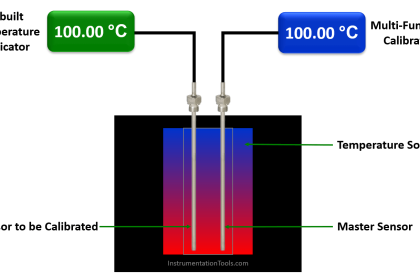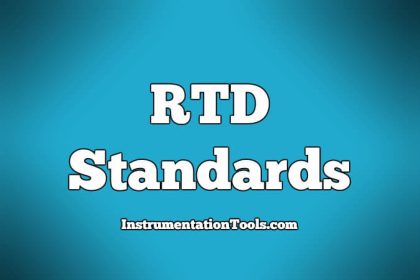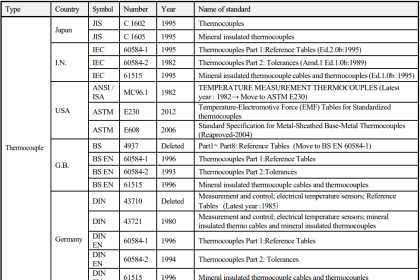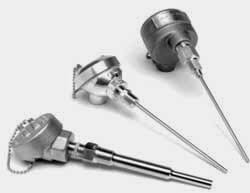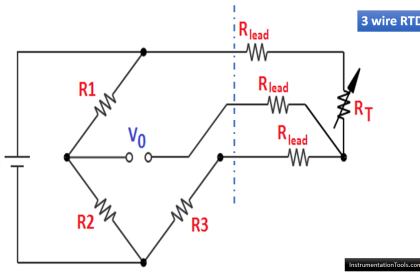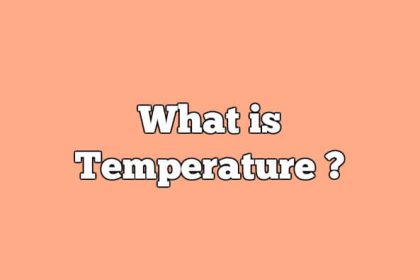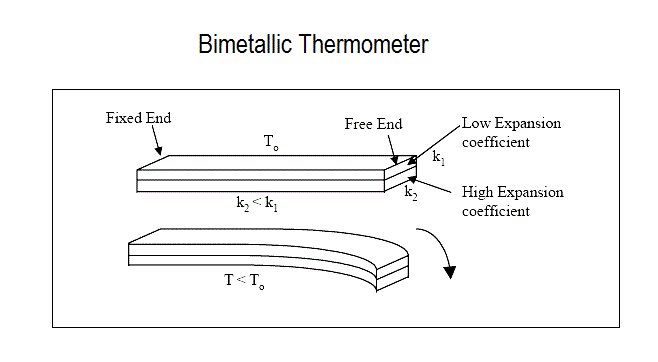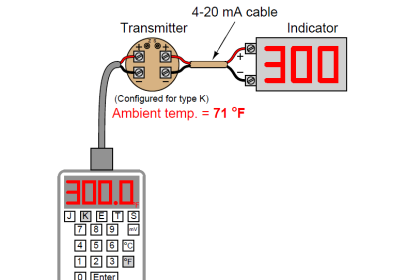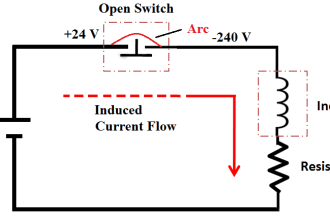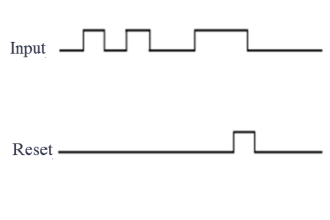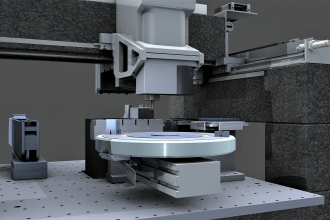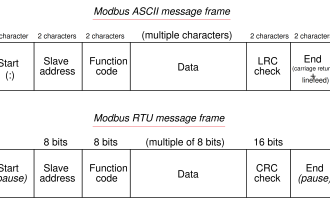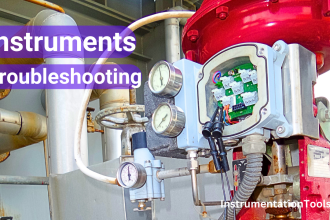Thermocouples are the most widely used devices for temperature measurement. Study the most popular thermowell applications in industries.
Contents
Thermocouple Typical Applications
- R-type and B-type thermocouples are suitable in an oxidising atmosphere, easily contaminated in others.
- T-type can be used in oxidizing or reducing atmospheres.
- J-type can be used in reducing atmospheres. Least expensive.
- K-type can be used in oxidizing atmospheres.
- E-type is the most sensitive. It can be used in an oxidising atmosphere.
Thermocouple Advantages
- Low cost
- Small size
- Robust
- Wide range of operation
- Reasonably table
- Accurate for large temp. changes
- Fast response
Thermocouple Disadvantages
-
- Weak output, mV
- Limited accuracy for small variations in temp.
- Sensitive to electrical noise
- Non-linear
- Complex conversion from emf to temp.
- Small temperature changes mean small very small voltage changes
- susceptible to noise
- Non-linear
- Calibration changes over time
- Cannot be used bare in conductive fluids
Read Also:
- Calculations of Thermocouple
- Calibration of Thermocouple
- Types of Thermocouples
- Compensation of Thermocouple
- Errors of Thermocouple
Thermocouple Summary
- Thermocouples are the most economical elements for measuring temperature and also provide the highest ranges.
- The emf generated is independent of wire length and diameter, however, noise can be a factor.
- Thermocouples are not recommended for narrow spans or small temperature difference measurements.
- For critical temperature measurement, an accurate reference junction temperature needs to be measured and compensated for.
- T/C’s are low cost but should only be used where another element is not practical.
Detection of Thermocouple Faults
- Short in the extension wires may not be detected
- Measure resistance continuously to note any changes

